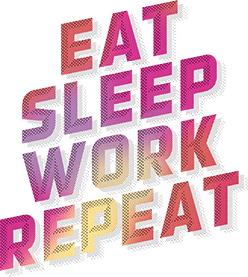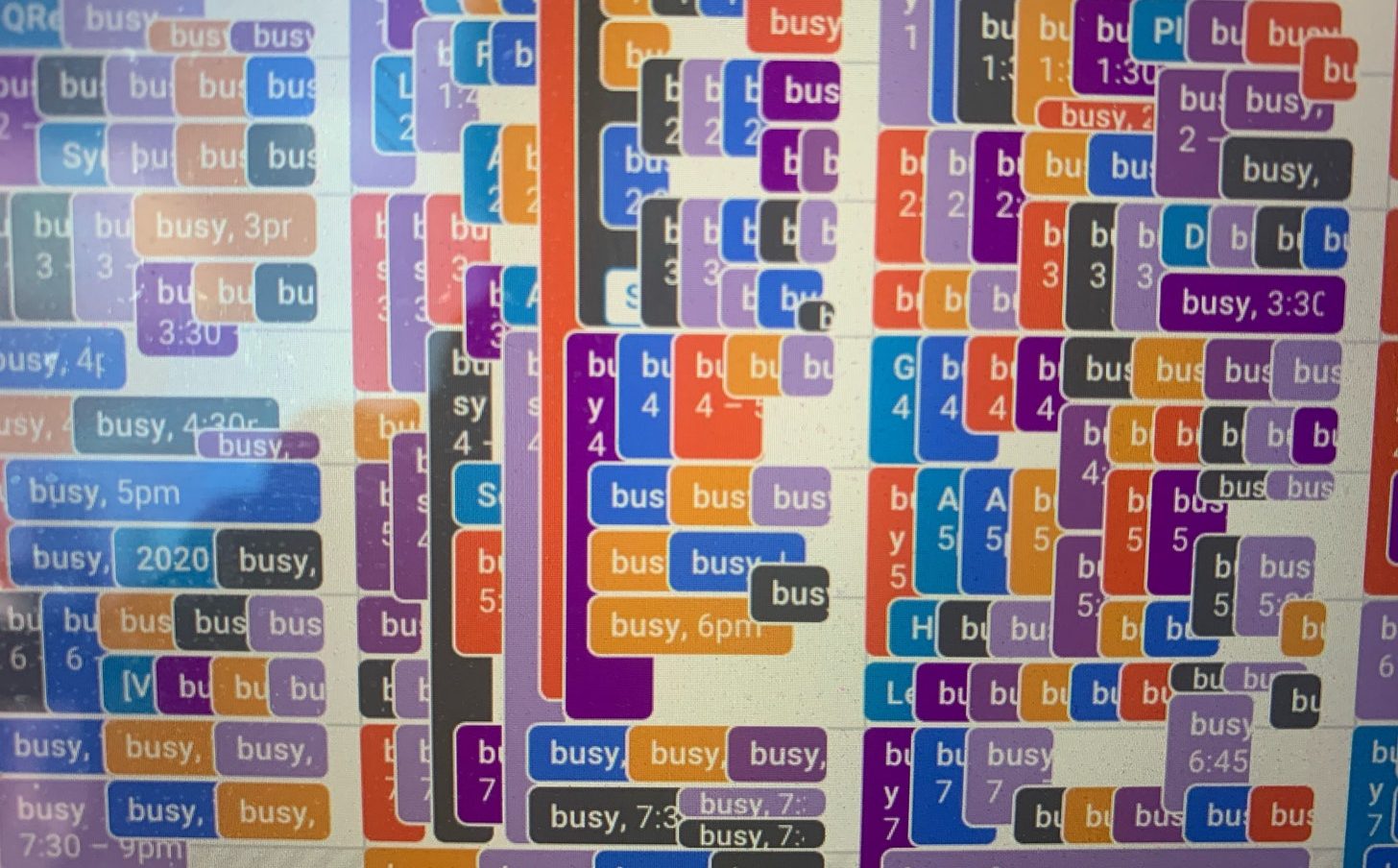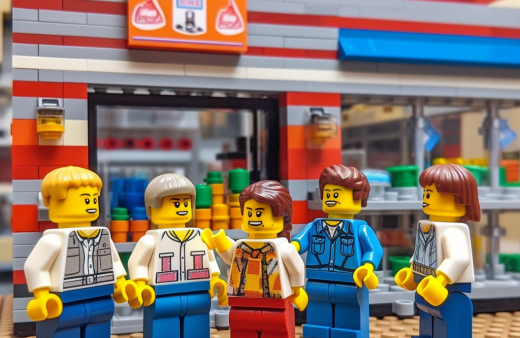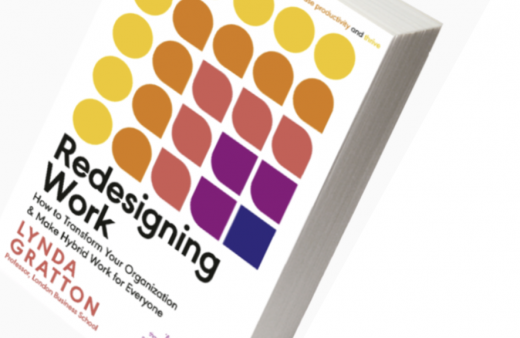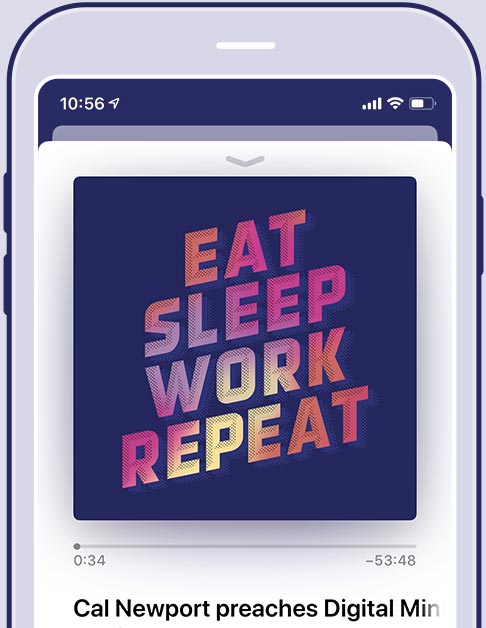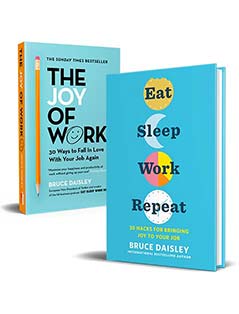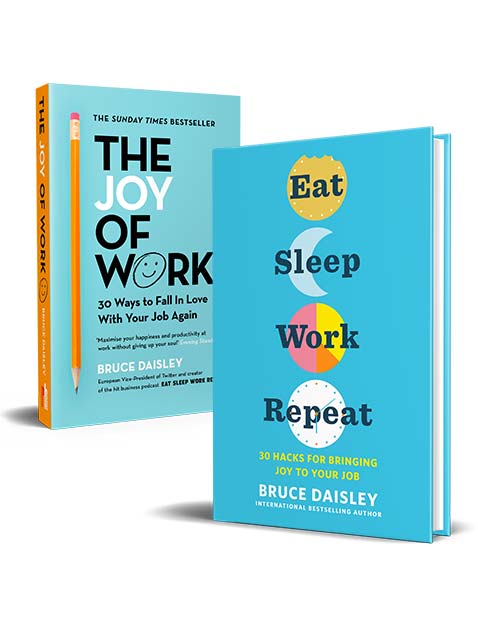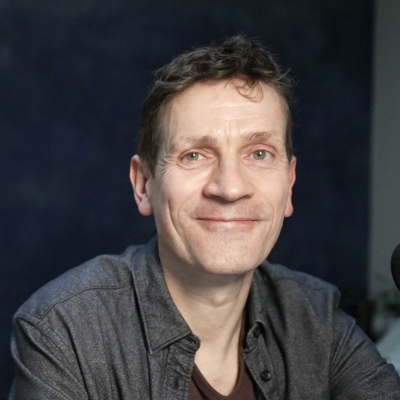No Going Back – Making Sense of What’s Next for Work
Written for the IBEC’s The Keepwell Summit.
It’s hard to believe how far we’ve come in six months but it’s fair to say that many of us are starting to recognise that work won’t ever be the same again.
Is that hyperbole? When in survey after survey when workers are asked, more than three-quarters of them say they don’t want to go back to being in the office full-time. Almost half of those who have worked remotely would like to permanently work from home. When CEOs are asked 88% say they expect remote working to persist in some form and the majority are already making plans to downsize their workplaces. (BP are one of the first firms to put a number on this, they plan to halve their footprint and Morgan Stanley say that total demand for office space will fall 20% in 4 years).
Critically we’re getting the job done. In a detailed study into remote working and productivity, 70% of workers say they got more done at home (and let’s remember that the context of this is that many workers were dealing with children going feral in the next room – so this is quite a finding). Microsoft data suggests that we’re trading off the time saving from eliminating our daily commute by working 45 minutes longer each day.
So in the context of this data, maybe it isn’t hyperbole.
It’s reasonable to expect some of this change to stick. And in that context the question becomes whether we want to get ahead of our competitors in the process of inventing what work looks like in the future. Not just dealing with the Covid situation but designing something that will help us attract top talent to our firms.
Sure, some of us will spend five days in the office, but there will be others doing three or four days there. Before we start speculating how many days is right, we should ask why we are setting out to work in the office. It is reasonable for us to ask how much of our work is collaborative, how much is about personal focus. Our colleagues without offices previously found themselves nomadically prowling the open plan savannahs of our workplaces looking for somewhere quiet to try to concentrate. Now they’ve found that oasis, it’s just in their spareroom.
Smart firms will be endeavouring to build a rational model of what work could be – untainted by emotion or rose-tinted nostalgia. And a critical component of that will certainly be getting together in person. Even the firms who operate right at the leading edge of remote work – companies like Automattic (who build WordPress) insist on getting their workers together in person for one week per quarter to bang heads together and collectively re-energise. There seems to be no substitute for being face-to-face, the question is how much.
Over the last decade or so Ireland has built a worldwide reputation for incubating some of the most innovative, fastest growing firms in the world. Now, as we enter a period of reinvention that none of us predicted this a moment for Ireland to again lead the way. We need to step away from our fear, be bold with our trust and help write the future of work together.
Bruce Daisley is one of the Europe’s most influential voices on fixing work. His book, The Joy of Work, was the UK’s top selling business hardback of 2019 and is an international bestseller – translated into 14 languages. Previously he spent over a decade running Twitter and YouTube (the latter at Google) for Europe, leaving Twitter as its most senior leader outside of the US.
Sign up to his free newsletter.
